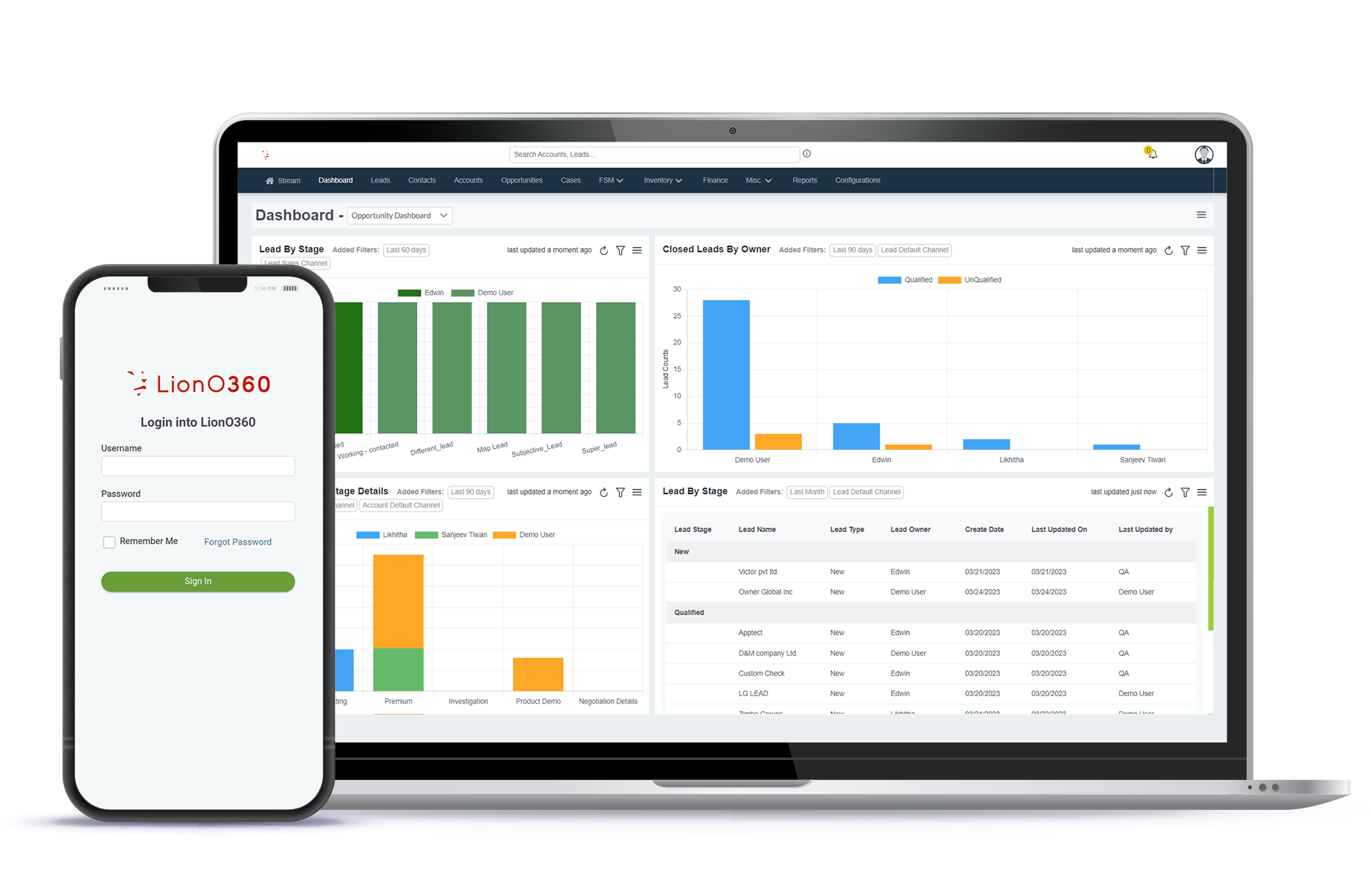
It is the year 2025 where businesses are more often expanding operations across borders to pursue new markets, suppliers, and talent. Expanding collections processes across borders involves dealing with complexity with multiple currencies, exchange rate movement, regulatory environment, and financial practices. Handling these factors independently is quickly overwhelming, and error prone. That's where multi-currency management in Enterprise Resource Planning (ERP) solutions exists and can simplify and streamline global business processes.
And even Gartner opines on the significance of ERP multi-currency functionality. You can check out their overview of leading ERP vendors, offering insight to cloud ERP systems for both product-centric and service-centric businesses.
In this blog post, we dive into how multi-currency management functionality of ERP systems enables companies to manage global transactions easier and simpler, explore key multi-currency management features of ERP solutions that make them a 'must-have', and want you to be aware of some challenges that may arise concurrently with its implementation.
What is Multi-Currency Management in ERP Systems?
Multi-Currency Management is when an ERP system offers the ability to record and process transactions in different currencies. It will allow companies to perform accounting, reporting, and financial analysis with various currencies while still allowing compliance with international standards and constraints.
ERP systems equipped with this capability provide tools to:
- Automate currency conversions using real-time exchange rates
- Record transactions in both local and foreign currencies
- Consolidate financial reports from global subsidiaries
- Mitigate risks related to currency fluctuations
- Ensure compliance with international accounting standards such as IFRS and GAAP
This functionality is particularly vital for multinational corporations (MNCs), exporters, importers, and any business with operations or clients in different parts of the world.
How ERP Plays Significant Role in Multi-Currency Management

Real-Time Currency Conversion
Modern ERP systems automatically fetch real-time exchange rates from trusted sources, eliminating the need for manual updates and reducing errors. This ensures that pricing, billing, and reporting remain accurate and up to date.
Multi-Language and Multi-Currency Invoicing
Businesses can generate invoices in the customer’s local currency and language, improving customer experience and reducing payment delays due to misunderstandings or discrepancies.
Implementing an ERP System for International Transactions
For companies with multiple international branches, consolidating financial data can be a nightmare. Multi-currency ERP systems aggregate financial data from different regions and convert them into a single reporting currency for easy comparison and analysis.
Simplified Taxation and Compliance
ERP systems can adapt to various local taxation laws and financial regulations. This is crucial for ensuring compliance with regional authorities, avoiding penalties, and streamlining audits.
Improved Cash Flow Management
With a clearer picture of receivables and payables in various currencies, finance teams can make better decisions on when and how to convert currencies to optimize cash flow.
Reduced Operational Risk
By automating multi-currency processes, the ERP software reduces the chances of human error in foreign currency calculations, thereby minimizing financial discrepancies.
Enhanced Forecasting and Budgeting
Accurate and real-time data across currencies support more reliable forecasting and budgeting, helping businesses allocate resources wisely.
Challenges of Multi-Currency Management in ERP Systems
Despite the benefits, integrating multi-currency functionality in ERP systems is not without its challenges. Here are some common issues businesses may encounter:
Complex Implementation Process
Setting up a multi-currency ERP system involves intricate configurations, such as defining exchange rate sources, setting base and transactional currencies, and aligning global financial policies. This complexity can delay implementation.
Exchange Rate Volatility
While ERP systems can automatically update exchange rates, sudden market fluctuations can still impact profitability. Businesses must adopt strategies like hedging to manage this risk effectively.
Data Integrity and Synchronization
Maintaining consistent data across subsidiaries in different time zones and regions can be difficult. Any delay or mismatch in data synchronization can lead to inaccurate reporting.
Regulatory Compliance
Each country has its own financial and legal standards. Ensuring that the ERP system is updated to reflect changes in tax codes or compliance requirements is an ongoing challenge.
Training and Change Management
Employees across the globe must be trained to use the ERP system effectively. Resistance to change and a lack of understanding can hinder adoption and reduce the system’s effectiveness.
Customization and Integration
Some businesses require highly customized solutions to handle their unique currency scenarios. Integrating such customizations with existing systems without causing conflicts can be a technical challenge.
Cost of Implementation and Maintenance
Advanced ERP systems with multi-currency features come at a significant cost. Additionally, ongoing maintenance, updates, and support further increase the total cost of ownership.
Implementing ERP for International Transactions
There are a number of important steps to take when implementing an ERP system to handle multi-currency and international transactions. Here are some basic steps to get you on your way:
Analyze Your Business Requirements
It is important to determine your specific business requirements before deciding on an ERP system. The first step in deciding may be choosing how many currencies you are going to deal with; how many actual transactions you will engage in by country; and what are the laws and regulations of the country that you will be conducting transactions in.
Choose An ERP System That Works
All ERP systems are not created the same, we can look for ERP systems that have the ability to manage multi-currency transactions and also comply with international financial standards. Many of the popular ERP systems include SAP, Oracle, Microsoft Dynamics or some combination of these systems.
Plan the Implementation
Implementing an ERP system is a big step and should be planned out carefully. Make a detailed implementation plan which includes all tasks, resources, and time. You may wish to consider an individual/organization that has experience with ERP system implementations to ensure a smoother transition.
Train your Staff
In the end, an ERP system only works as well as the users. Training your staff on how to use the multi-currency functions in an ERP system is critical training to deliver, this will ultimately reduce errors.
Best Practices for Successful Multi-Currency ERP Implementation
To overcome the above challenges and maximize the benefits, businesses should consider the following best practices:
- Conduct a Thorough Needs Assessment: Understand your company’s currency requirements, transaction volumes, and geographic spread before choosing an Cloud ERP solution.
- Choose the Right ERP Vendor: Opt for a vendor with a strong track record in multi-currency support and global compliance.
- Involve Key Stakeholders Early: Include finance, IT, and regional teams in the planning and implementation stages.
- Invest in Training: Provide comprehensive training and ongoing support to ensure system adoption and efficiency.
- Set Up Clear Governance: Establish policies for currency conversion, exchange rate updates, and error handling.
- Monitor and Optimize: Regularly review performance and adjust improve accuracy and efficiency.
LionO360 ERP: Advanced Multicurrency Capabilities for Dynamic Markets

Multi-currency management within ERP systems is no longer a luxury but a necessity for companies operating in the global marketplace. The LionO360 ERP product enhances accuracy, ensures compliance, improves financial visibility, and supports strategic decision-making. While challenges exist, they can be mitigated through careful planning, the right technology partner, and continuous improvement.
As global commerce becomes more interconnected and competitive, businesses that invest in robust multi-currency ERP systems will be better positioned to scale efficiently and operate with confidence across borders. Schedule your free ERP platform demo now to learn how to integrate multicurrency in your business!
Also Read: How Cloud ERP Enhances Real-Time Collaboration Across Departments
Frequently Asked Questions
What is a multi-currency transaction?
Multi-currency transaction is a way to allow customers to purchase products with different currencies. It helps businesses to buy or sell their goods on an international level. This currency capability is invaluable for any business.
What is ERP multicurrency management and why should U.S. businesses need it?
ERP Multicurrency Management means currency management in ERP software that allows businesses to handle transactions in multiple currencies. For U.S. businesses, operating global vendors or subsidiaries, this feature is essential for them. It automates the conversion of foreign currencies into U.S. dollars, applies real-time exchange rates, and ensures accurate reporting, billing, and accounting across different currencies.
What are the top benefits of multicurrency management in ERP for U.S. Companies?
Multicurrency management in ERP offers several significant advantages:
- Automated Currency Conversion
- Improved Financial Accuracy
- Streamlined Global Transactions
- Regulatory Compliance
- Consolidated Reporting
- Risk Mitigation
What challenges does ERP solve in managing currency fluctuations and compliance?
ERP systems address multiple challenges related to currency management, including:
- ERP systems can automatically update exchange rates and revalue foreign currency balances, helping businesses react quickly to fluctuations.
- By automating calculations and currency conversions, ERPs eliminate the risk of human error in multi-currency transactions.
- ERPs help businesses stay compliant with tax rules, reporting standards, and audit requirements across different countries.
What is the multi-currency feature in LionOBytes?
Multi-Currency feature offers by LionOBytes, simplifies international transactions with real-time currency conversion and multi-currency tracking. It helps businesses to stay compliant and make confident financial decisions across global markets.












